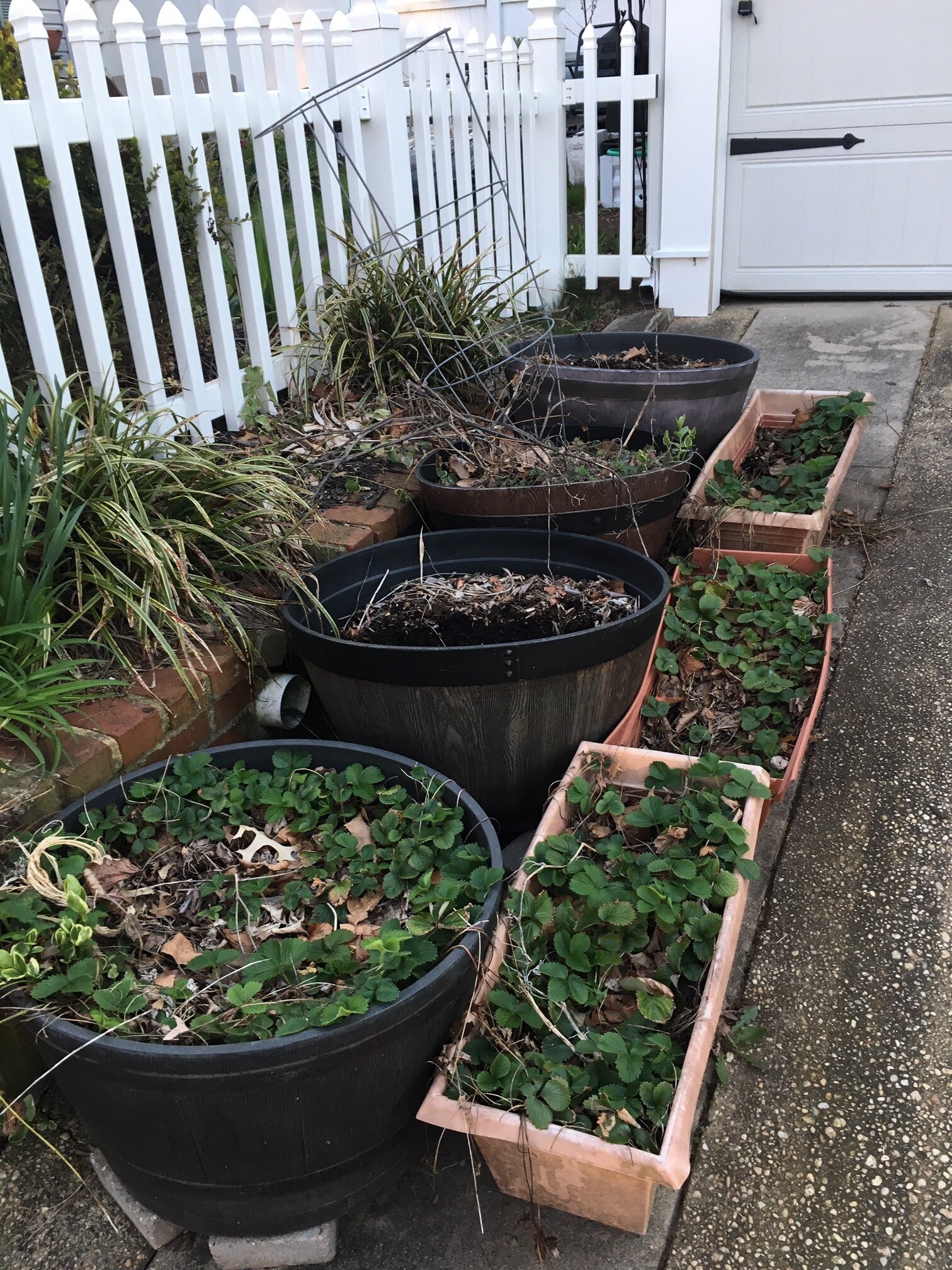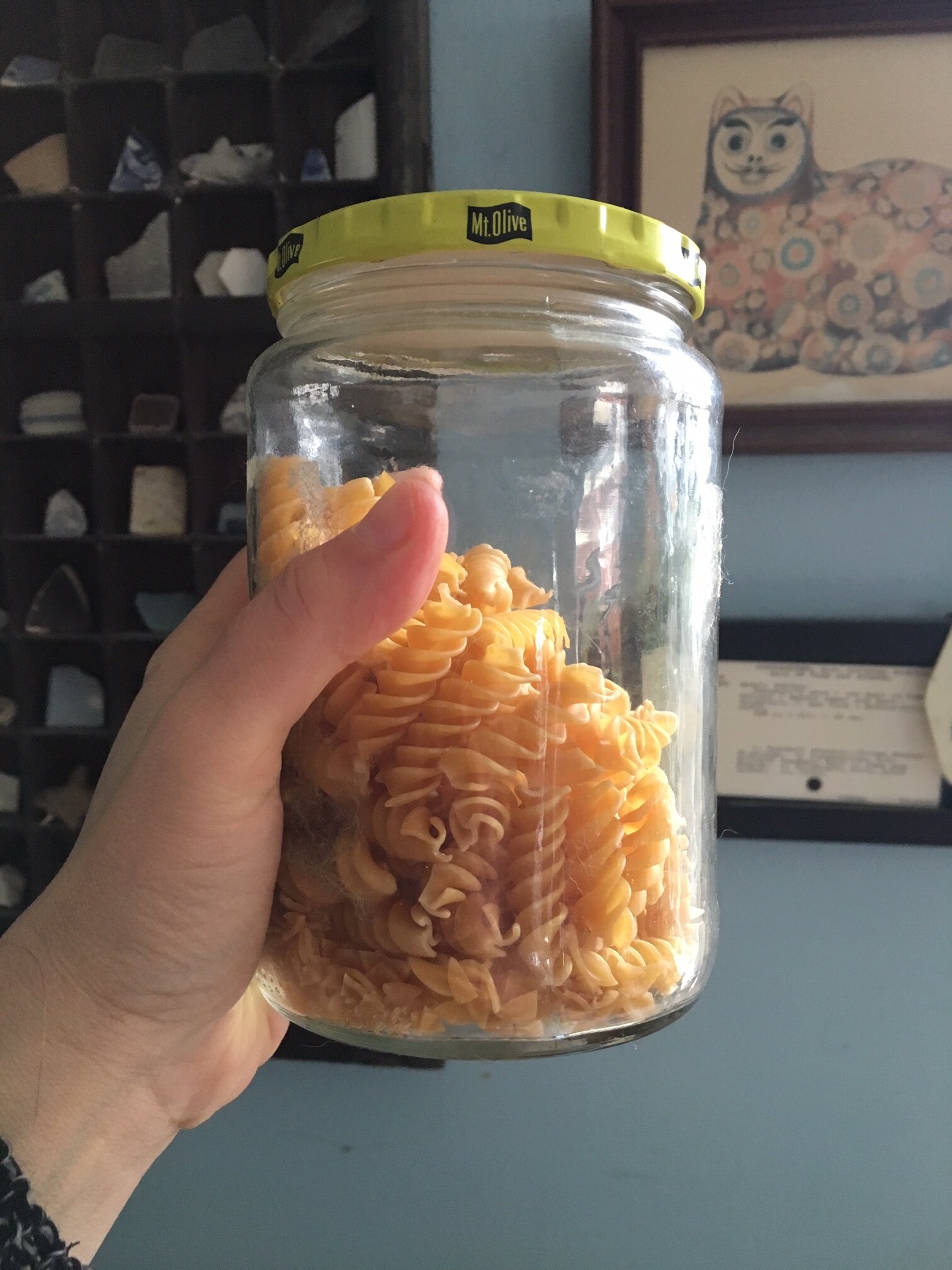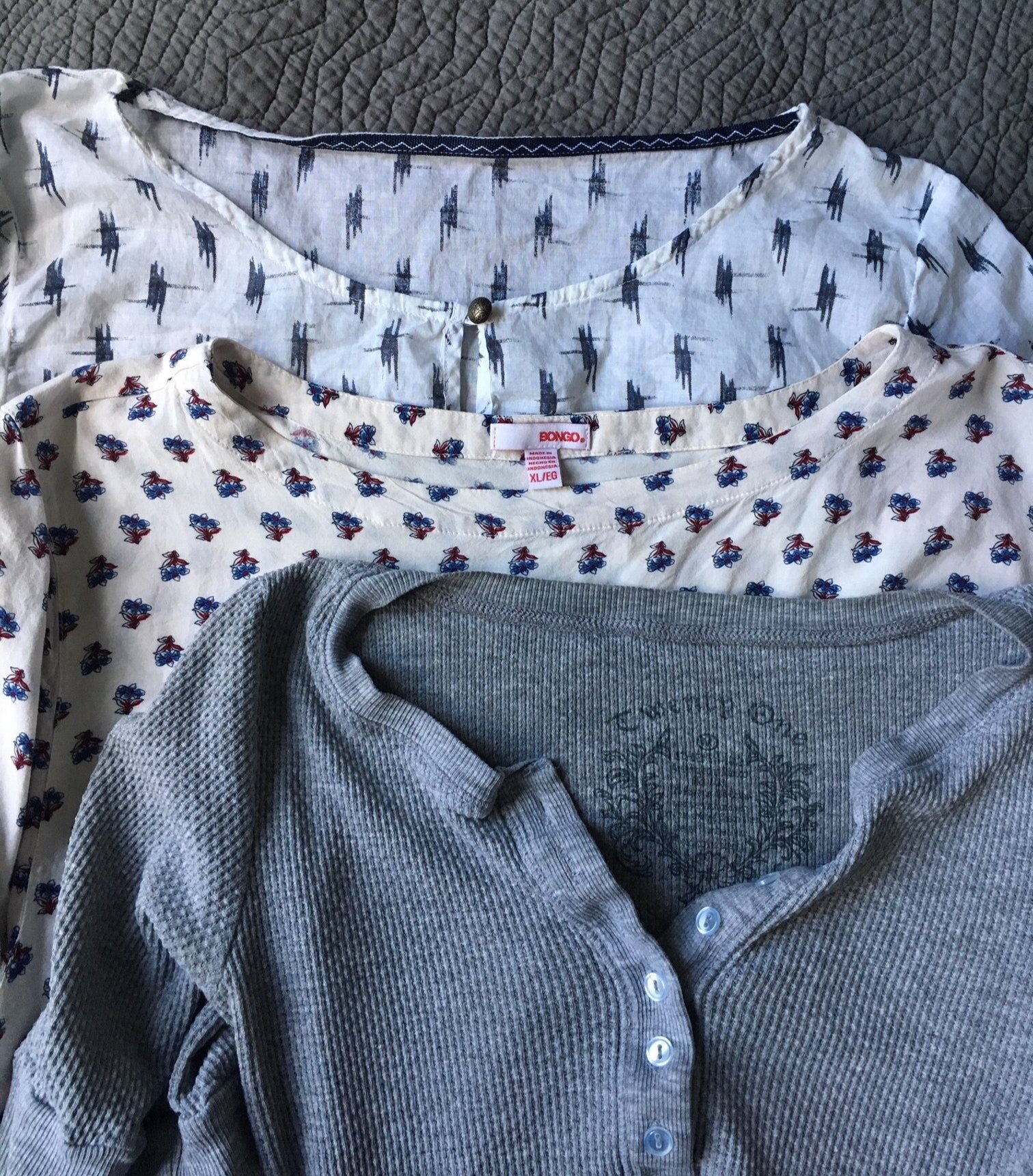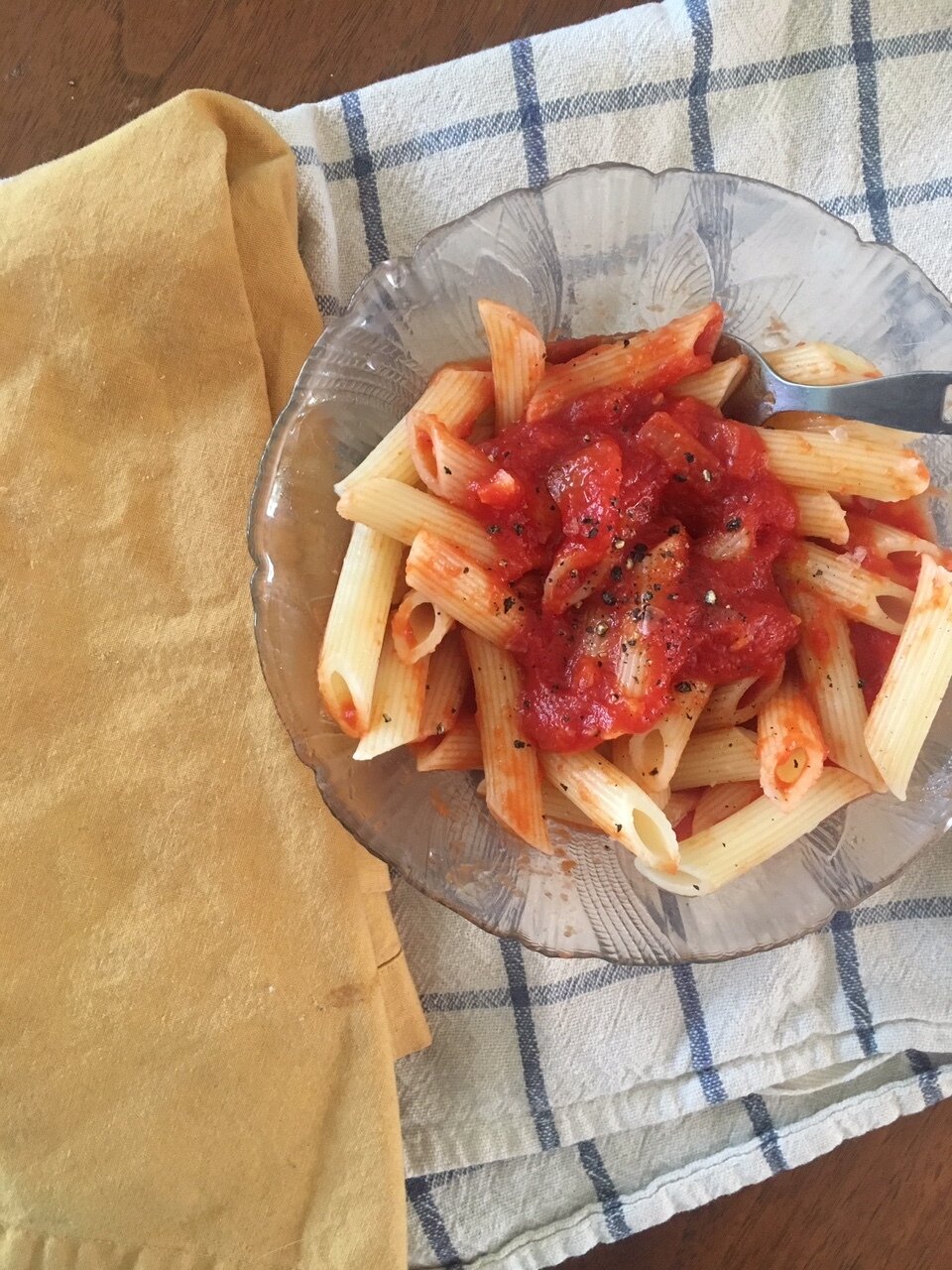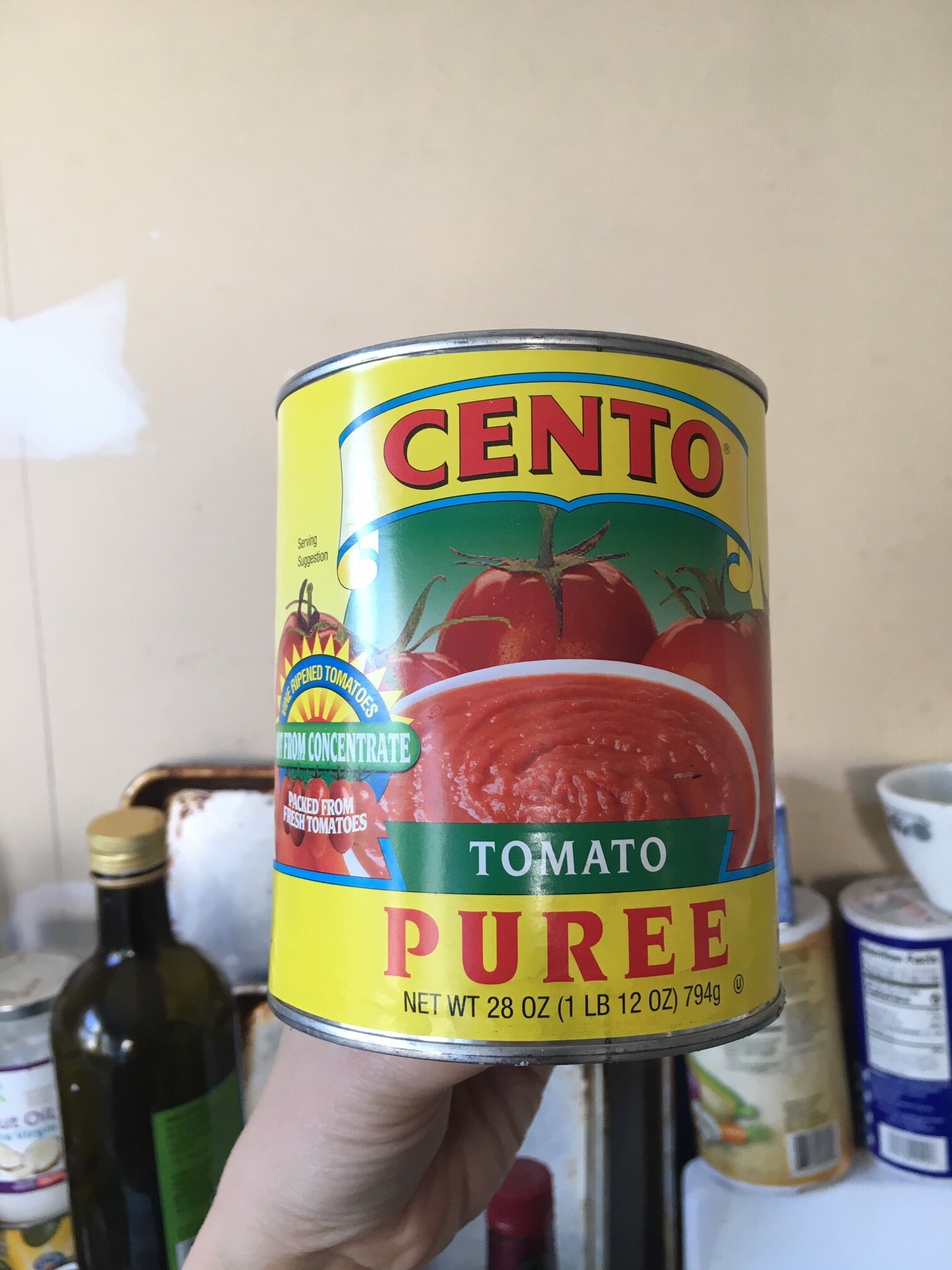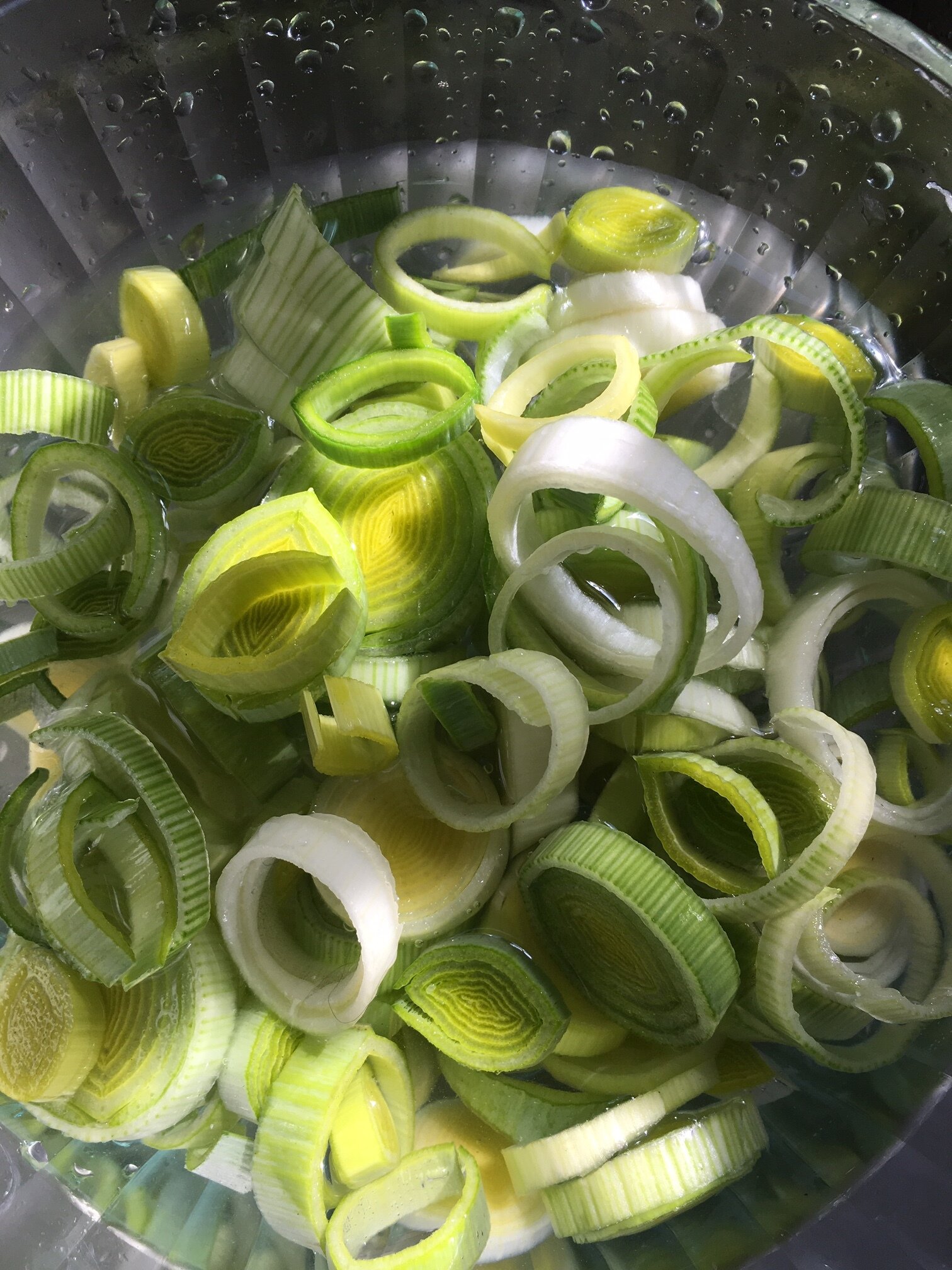When we first went in to lockdown and when the hours of the groceries were cut and stock was limited, I became very aware that I was scared of food scarcity.
I didn’t know this about myself before these events. I had no idea I would have a visceral, anxiety filled reaction of being scared about the loss of food, the lack of food, and the need to change the way I ate. My relationship to food may not always be healthy (whose always is?), but it is a huge part of my life. And the idea of not being able to eat the way I was used to scared me.
It took a little adjustment, but I discovered that I could still eat well, and that I wouldn’t have to change my diet too much, or lose out on things I enjoyed. Sometimes I couldn’t find what I wanted (tofu was scarce in the beginning), but I found that I didn’t mind having to come up with other ideas, or substitutions, to what I considered my staples. Soon, I was not only used to only going to the grocery every few weeks, but I found I enjoyed it and it was something that I wanted to keep after the time of covid is over.
Each week we stretch and stretch the food we have so that we can take less frquant trips to the supermarket. Some days it feels like there’s nothing left to eat. But each time we have found that we have plenty and are able to make delicious and nutritious meals. What we also discovered was that it was challnaging, interesting and fun to stretch what we had. To have to be innovative. To have to make do.
Now that groceries are better stocked and our garden is growing we don’t often have to go without what we want. Farm markets are open for fresh veg, bakeries are open for fresh bread. But now, as in the early days of lockdown, there’s a distinct pleasure when we use up an item and get the most out of it. It might be something that’s been in the pantry long before isolation, or it might be a fresh head of lettuce, that in “the old days” would have gone off before we got to it bc our food supply was ever incoming, overly abundant, and less time was taken to see what we had and what we had to use before our next supermarket run.
The Joy of Using Up that comes with many aspects of sustainability is always an unexpected pleasure.
























